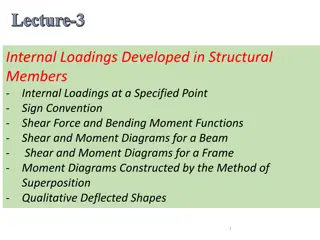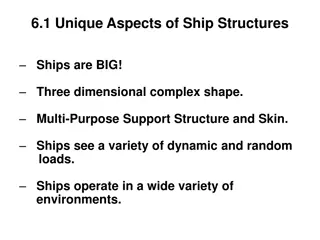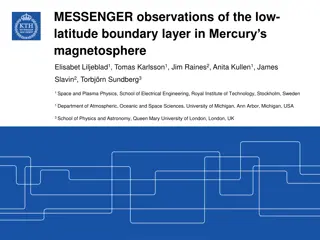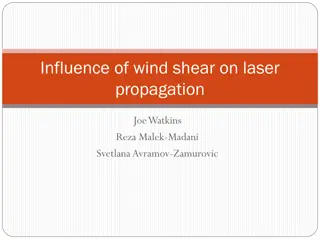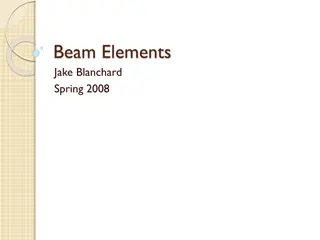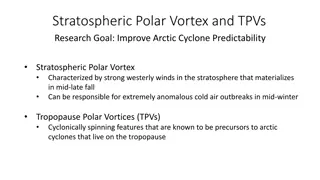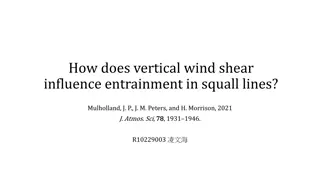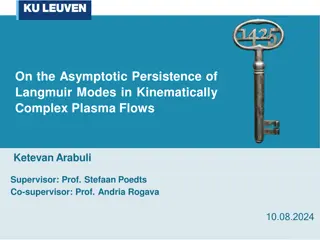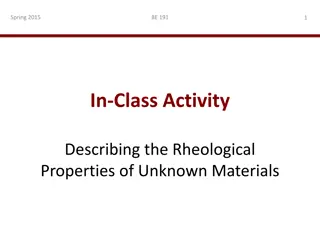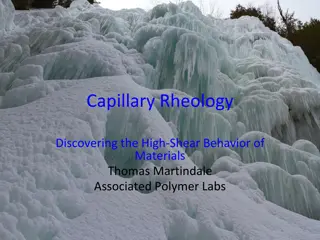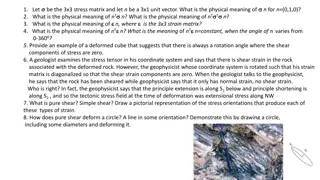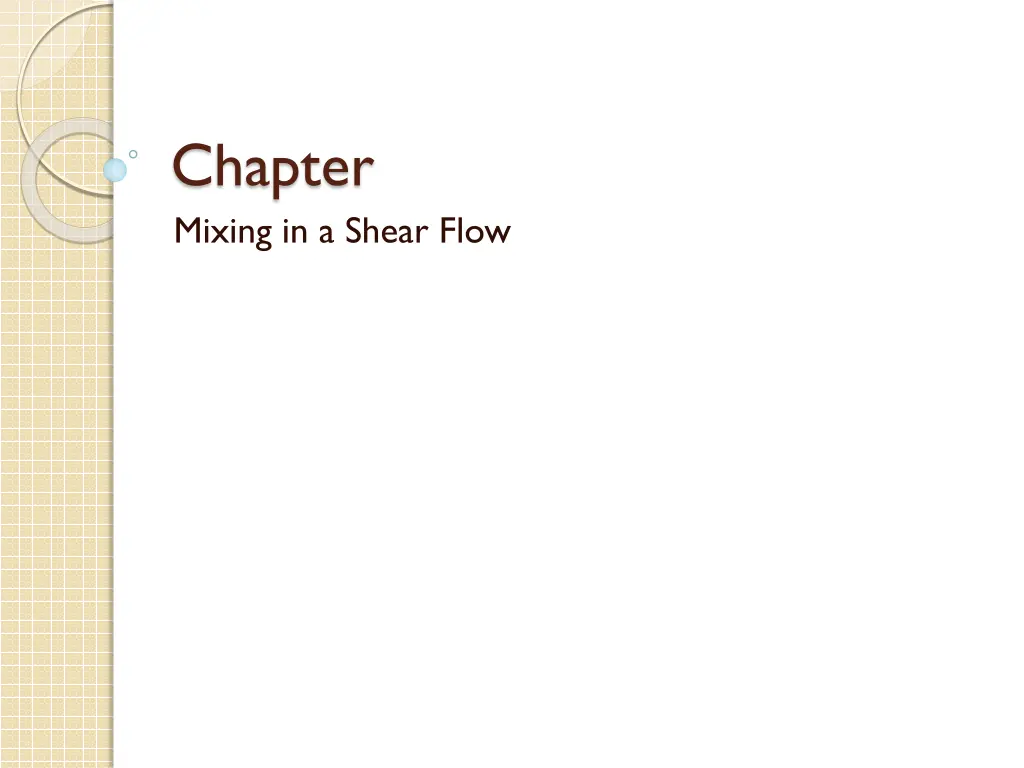
Understanding Mixing in Shear Flows Based on Bolster's 2011 Study
Explore the impact of inhomogeneous flows on mixing, how shear flow affects diffusion, and the enhancement of reactions through mixing in this insightful study. Discover the Dilution Index, Scalar Dissipation Rate, and more in this detailed analysis.
Download Presentation

Please find below an Image/Link to download the presentation.
The content on the website is provided AS IS for your information and personal use only. It may not be sold, licensed, or shared on other websites without obtaining consent from the author. If you encounter any issues during the download, it is possible that the publisher has removed the file from their server.
You are allowed to download the files provided on this website for personal or commercial use, subject to the condition that they are used lawfully. All files are the property of their respective owners.
The content on the website is provided AS IS for your information and personal use only. It may not be sold, licensed, or shared on other websites without obtaining consent from the author.
E N D
Presentation Transcript
Chapter Mixing in a Shear Flow
Mixing in a Shear Flow Based on Bolster 2011
Up until now We have only studied the ADE with homogeneous advection, which has no effect on mixing (Galilean invariance)
Inhomogeneous flows But what if v depends on x? We can t use simple Galilean invariance anymore. Now the plume can be stretched and compressed, and this can enhance mixing.
Shear Flow (2d) Let s look at a very simple flow: Shear rate ADE: Green s function:
Pure diffusion vs Shear The green s function is now stretched and compressed: Pure diffusion Shear
Mixing Let s try to quantify mixing using the Dilution Index and the Scalar Dissipation Rate: Pure diffusion (d dimensions) Shear Shear in d=2 mixes like pure diffusion in d=4!
And what about reactions? Mixing enhances reactions. Use dominant balance in the RADE: So at late times shear makes the system behave as well-mixed!




